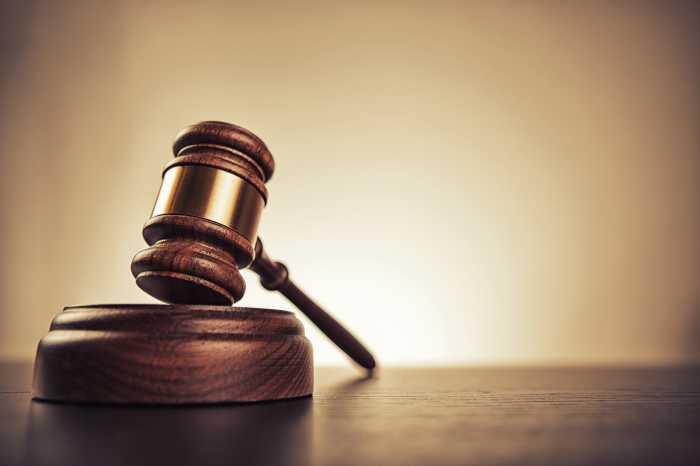With less than two weeks left before the start of the Republican National Convention, the issue of where the rally will be held for the protest planned the day before the convention remains perilously up in the air.
In the days since last week’s announcement by United for Peace and Justice that they will no longer accept the previously agreed-to rally site on the West Side Highway in Tribeca but want Central Park, Mayor Bloomberg has made subsequent comments that undercut his position against the use of the park. For example, last week, he said having a rally of 250,000 people in the park would be dangerous, because emergency vehicles couldn’t get through. To anyone familiar with Central Park, this statement is ridiculous: The park is ringed by the Loop and the Great Lawn by an asphalt path. An ambulance should not have any problem accessing the Great Lawn, North Meadow or East Meadow, the three fields for which the protesters are asking. Similarly, comments that the Great Lawn’s subsurface irrigation system would be damaged by protesters are equally farfetched.
The best example of a park space that accommodates protests is the Mall in Washington, D.C. Indeed, looking at how protests are handled on the Mall is instructive and a good lesson on how the Great Lawn and other park spaces in New York City can and should be used for rallies. For example, Leonard Lee, a spokesperson in the permits department of the National Park Service for the National Capitol Region, told The Villager that, although the Mall also has an underground irrigation system, the only way one of these pipes conceivably could be damaged is by something like a tent spike being driving into it, not from merely the presence of a large crowd. A bond system is used to cover any potential damages to the Mall, with bonds starting at $1,000 and ranging as high as $300,000.
The Mall sees thousands of protests each year. Yet, the last time The Villager was there, it was unmistakably covered by grass. Lee seemed a bit surprised at the extent of the city’s concern about just one large rally in a year — when the Mall must cope with numerous ones, making sure enough time is left between events for the grass to recover.
The New York Times recently quoted an unnamed “turf expert” pronouncing the Great Lawn would not survive the protest. However, we think that Lee knows what he’s talking about and we also think — in fact, we know — Central Park can handle the protest, and that it’s the best and safest place for the protest.
If the city doesn’t relent soon, the chances of the Aug. 29 march spiraling into chaos increase exponentially.
We don’t need a “lawn museum.” No matter how much private funding from wealthy donors is poured into it, Central Park remains New York’s ultimate public park. A Quinnipiac poll says 75 percent of New Yorkers feel the rally should be in the park. Although his party is probably telling him not to — the mayor must listen to the people.






































